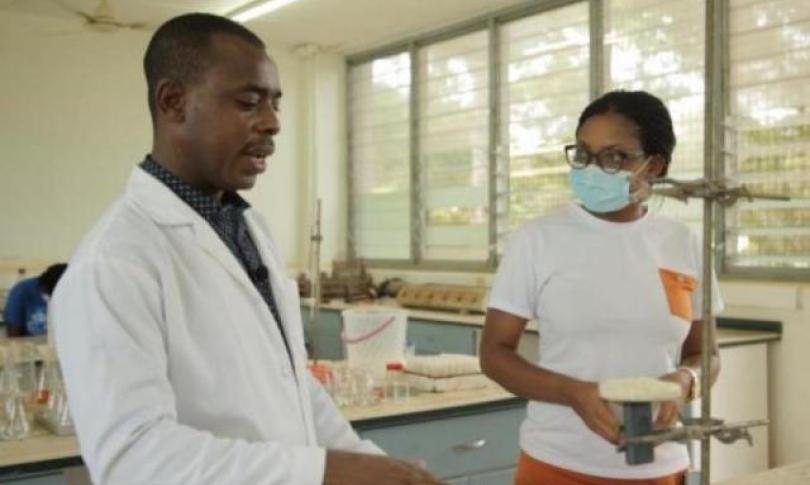
Food fraud is a challenge for many countries globally, and the African continent is not spared either. But in Ghana, researchers at the University of Cape Coast (UCC), are developing novel user-friendly ways of curbing it. Truly, it has become evident that from the least expensive products like salt to the most expensive commodity as saffron are likely to go through some form of food fraud.
Available literature explains that food fraud is an act of purposely altering, misrepresenting, mislabeling, substituting or tampering with any food product for economic gain at any point along the food value chain. Though fraud can occur in the raw materials, ingredients and in the final product in food packaging, adulteration, mislabeling and intentional contamination of food sources with variety of chemicals are common in Ghana.
Published in the Scientific Paper Series Management, Economic Engineering in Agriculture and Rural Development, fraudulent and intentional substitution, such as mislabeling of imported rice as local rice and local rice as imported rice in markets, dilution of honey with sugar or foam and the use of antibiotics as additives for preserving food products, the use of Sudan dye to enhance colour of palm oil for financial gain, are some few dominant food fraud incidence on the markets.
Afua Sekyi is one of the retailers of consumables at Mallam Atta Market, a suburb of Accra. She stated that in order not to run at a loss, repackaging and enhancing the shelf-life of the food product is important. “Some of the food items, we have to enhance them to attract people for us to get the money we used in buying, so we don’t run at a loss. For instance, this palm -oil, if it is not red, customers will not buy and my capital will lock up,” she said.
Unfortunately, the unsuspecting consumer is either unaware of the harmful effects of these acts on them, or they do not really care so long as the food product does not harm them instantly. Speaking to a cross-section of the Ghanaian populace to ascertain if they do some basic checks on their food products before purchase, it emerged that most of them use appearance of the item as a determinant factor for its wholesomeness. “For me, I didn’t go to school, so if the food item looks fresh, I know it is good for consumption,” says Richard Tetey.
But experts say these acts cause various forms of harm to human health and erode consumer trust. Hence, education on consumer safety must be encouraged and perpetrators punished for endangering human lives.
Edward Archer, the Principal Regulator at the Food Safety Management Unit, Food and Drugs Authority, FDA, cautioned the public to be warry of the dangers of food fraud and also assist in the fight against it. “We are calling on the public to be vigilant on this issue of food fraud and also help us bring perpetrators of these acts to book. Yes, it is our mandate but we can’t be everywhere, so we need your support to arrest them,” Mr Archer said.
However, Ernest Teye, a Food Integrity and Post-harvest losses researcher at the UCC’s College of Agriculture and Natural Sciences, School of Agriculture, Department of Agricultural Engineering, stated that new innovations with the help of technology present opportunities for Ghana and Africa to explore ways to mitigate the trend of all forms of food fraud.
“Forensic science and technology have made it easy for us now to do evidence-based recovery, examination, analysis, interpretation and evaluation of food products even at the ports of entry, farms or anywhere. With this potable mobile tool (NIR scanner), we have developed a rapid non-destructive technique for detecting rice integrity (wholesome or unwholesome). We are in the process of developing same for other crops like maize, palm oil and even cocoa beans,” Teye said.
“When we train young people with this tool, it will go a long way in reducing the level of tempering or fraud in the system,” he added.
Additionally, as a country, we need these processes to be incorporated into our trainings and practices of employees of food inspectorate departments, including food inspectors, supervisors and food scientists to whip up rapid monitoring and surveillance.
